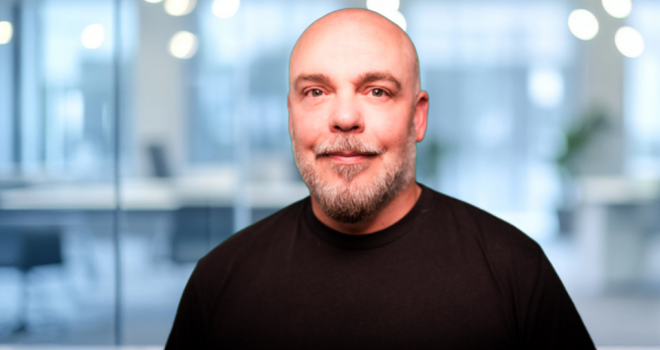
"In uncertain times, cash equals control. As an adviser, your role is to turn an abstract ‘what if?’ into a funded, documented plan."
In the UK, there are 5.4mn small & medium-sized enterprises (SMEs) employing 12.9mn people, yet business protection sales remains tiny compared to individual protection.
52% of owners say the biggest risk to their business is the death of an owner/key employee, with 59% admitting they would stop trading within a year of such a loss. Worryingly, 63% have never considered – or don’t understand – business protection, and fewer than 3 in 10 actively seek financial advice.
“The demand is there, but the proactivity isn’t – and trusted professionals who start the conversation will win.”
But language matters. Instead of opening with products, talk continuity and succession. Make it personal: what happens to the business and the family if a key person dies or is critically ill?
You need to show (don't tell) them the real-life impact of not having business protection in place.
Tool 1: The Risk Assessment
Draw this 2x2 chart and ask the client to place an X for events such as property damage, public liability, cybercrime etc
And then – crucially – an X for loss of an owner/key employee.
Most will put property damage in ‘low probability/high impact’. When considering the latter, they realise the premise is insured but not the people who generate cashflow.
For a five-director business with an average age of 40, the probability that at least one dies before 65 is roughly 16%, and the probability that at least one is critically ill before 65 is 39%.
“Numbers like these are hard to dismiss and anchor the advice in risk reality instead of sales rhetoric.”
Keep this chart visible throughout the meeting. You aren’t ‘selling protection’, you are facilitating a board-level risk discussion that ends in a documented continuity plan.
Tool 2: The Liability Audit
At this point, the conversation becomes practical and priced. Build a simple column for each key person and capture four lines of numbers with the client:
- Liabilities to third parties (overdrafts, loans, PGs) – Banks don’t automatically cover this lending with a life policy as the minimum, since corporate lending managers think these businesses have advisers who provide policies. The advisers, on the other hand, think the banks are doing it. This is a great starting point in a business continuity planning exercise.
- Liabilities to owners (directors’ loans – remember: typically, repayable on death of the estate) – If the business doesn’t have any available cash, what happens?
- Loss of profit x time to recover (gross profit attributable to the individual multiplied by realist recovery time) – Determine how much gross profit is attributed to each key individual and times that by how long it would take to replace them.
- One-off expenses (recruitment, ‘golden hello’, salary cushion, advertising)
“You now have a visual, owner-validated funding requirement which allows you to shape the solution (products, term lengths, ownership structures) with far less friction.”
To bring these tools to life, we’ve got a recent case with Johnstone & Pearson Ltd which is owned by Charles Johnstone and Dan Pearson, with senior salesman John Smith, and had a gross profit of £1.25mn in 2024.
Start with the liabilities: two bank loans (£250k and £150k), an overdraft used to £100k, and directors’ loans (£120k and £100k).
Then attribute gross profit (£240k to each owner and £120k to the senior salesman) and agree recovery periods (18 months for the owners and 12 months for the senior salesman), plus one-off recruitment expenses (£50k per owner and £25k for the senior salesman).
From there, structure the cover columns:
- Debt/overdraft cleared proportionately on first death or critical illness.
- Directors’ loans covered ‘to age’ so estates are paid without draining working capital.
- Loss of profit + one off expenses determined by the agreed figures above.
Scottish Widows’ Life & Critical Illness (CI) solution equated to 2% of gross profit which was a fraction of what they were already spending to insure the premise, vehicles, and contents.
In uncertain times, cash equals control. As an adviser, your role is to turn an abstract ‘what if?’ into a funded, documented plan.
